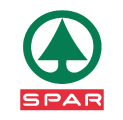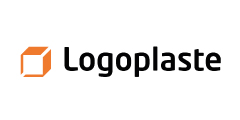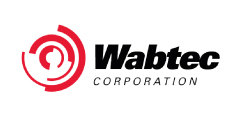Exploring High Temperature Lighting in Industrial Settings
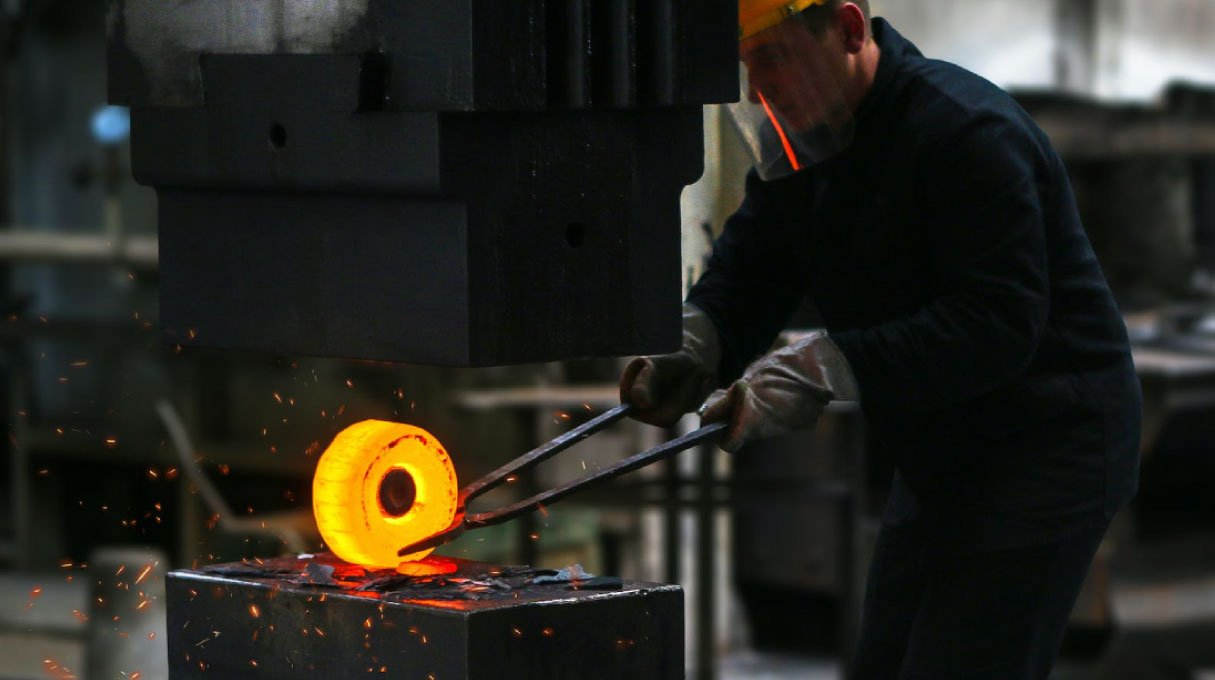
High-temperature lighting plays a pivotal role in ensuring the smooth operation of various industrial processes and environments. When considering high-temperature lighting in industrial settings, it is important to understand the different types, benefits and applications, along with the challenges associated with its installation and maintenance. By exploring future trends, we aim to provide a comprehensive guide on the robust applications of high-temperature lighting in industrial environments.
Key Takeaways
- High-temperature lighting is designed to operate efficiently in extreme heat conditions, making it ideal for many industrial environments.
- The best types of high-temperature lighting for environments up to approximately 100°C is LED. They offer efficiency and longevity unmatched by alternatives such as halogen, and high-intensity discharge lights. Some traditional lighting technologies remain commercially desirable above 100°C, due to the upper tolerance of LED chip junction temperatures (Tj).
- The main advantages of using high-temperature lighting in hot environments are the money saved from its durability, efficiency and the ability to improve safety in the workplace.
- Proper installation and regular maintenance are crucial to maximising the benefits and lifespan of high-temperature lighting systems.
- Future trends in high-temperature lighting technology point towards even greater efficiency, smart technology integration, enhanced durability and sustainability.
- Adopting high-temperature lighting solutions can lead to significant energy savings and operational cost reductions for industrial facilities.
What is High-Temperature Lighting?
High-temperature lighting is designed to withstand extreme heat conditions without losing functionality or efficiency. It is essential in environments where; traditional lighting systems fail due to high ambient temperatures, are no longer available due to regulatory pressures, or are no longer commercially sensible to operate (due to high electricity costs).
Importance in Industrial Settings
In industrial settings, reliable and robust lighting is crucial for safety, productivity, and efficiency. High-temperature lights meet these needs by operating reliably in harsh conditions.
Types of High Temperature Lights
For the purposes of this guide, we are specifically talking about LED Lights, as they offer by far the best energy efficiency and long service life, even in high-temperature conditions up to 100°C. However, there are two categories that you may come across when researching this subject; high temperature lighting and temperature resistant lighting. These are terms often used interchangeably, but actually cater to slightly different needs within challenging industrial environments.
High-temperature lighting is specifically designed to function optimally in environments where the ambient temperature is significantly high, often exceeding normal operational limits for standard lighting solutions. This type of lighting ensures performance and longevity in extreme heat conditions, making it essential for industries like metal processing or glass manufacturing, where temperatures can soar.
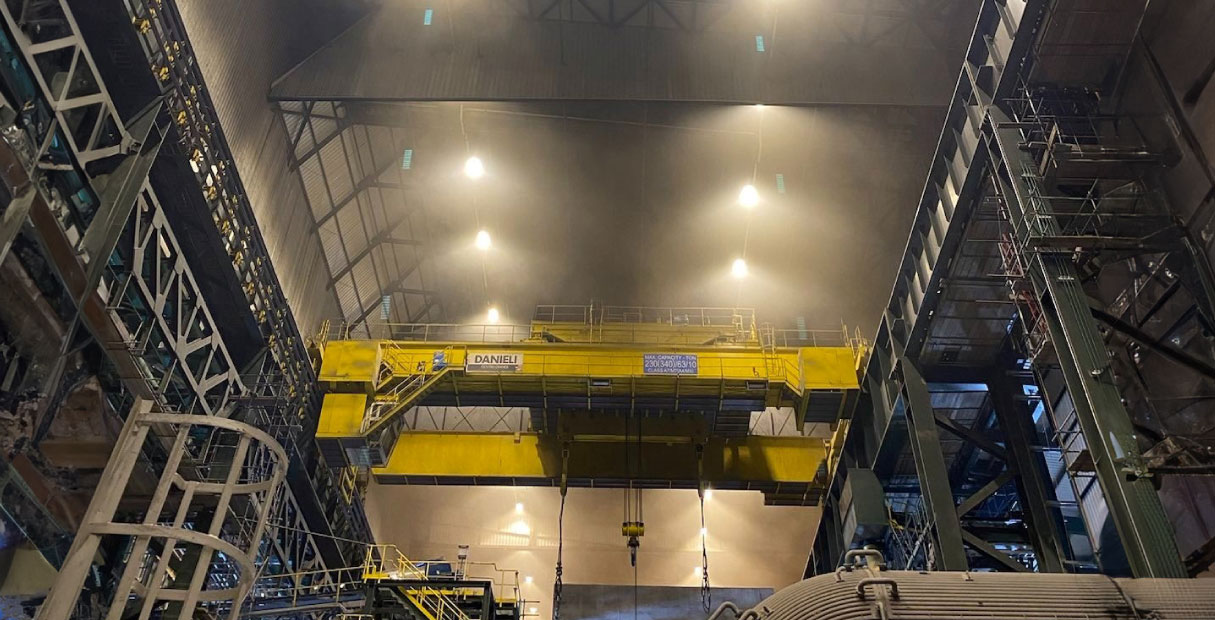
On the other hand, temperature-resistant lighting refers to fixtures that can withstand a wide range of temperatures, both high and low, without loss of performance, e.g. lumen degradation or driver failure. These are built to be resilient not just against heat but also against cold, making them suitable for varied environments such as cold storage facilities as well as hot industrial settings. While both types offer robust solutions to temperature challenges, the choice between high-temperature lighting and temperature-resistant lighting depends on the specific temperature conditions and the application's requirements, emphasising the importance of selecting the right lighting solution to ensure safety, efficiency, and durability.
Benefits of High-Temperature Lighting
There are many benefits of high temperature lighting, but here are the main three:
- Durability and Longevity: These lights are built to last, reducing the need for frequent replacements which makes them more cost effective over the long haul.
- Energy Efficiency: High-temperature LED lights, in particular, consume less energy and offer further significant cost savings over time.
- Improved Safety and Productivity: Adequate lighting reduces accidents and increases worker productivity.
Applications in Various Industries
High temperature lighting is used in a wide range of industries, many of which may not be obvious at first glance. We may cover some of these in more depth in future articles, but for now, here are some industries we supply with high temperature lighting:
- Metal production for steels and exotics
- Power plants, including nuclear and biomass
- Paper mills
- Glass manufacturing
- Forgings and castings manufacturers
- Malt houses
- Industrial refrigeration (external to the freezer or cold adjacent to refrigeration units)
- Cement and Aggregate Processing
- Food Manufacturing
Installation and Maintenance Challenges
Proper installation is key to maximising the benefits of high-temperature lighting. It is essential to have these lights fitted by professionals experienced in high temperature environments and the considerations needed.
Fixtures, bracketry, and cabling must all be considered as part of the installation and maintenance to ensure that they aren’t susceptible to drying and cracking over time.
Regular maintenance, particularly ensuring heat-sinks are free from insulating contaminants, helps to increase the longevity of high temperature lights and ensures their continued performance, reliability and safe use.
Future Trends in High-Temperature Lighting
Continuous innovation and technological advancements are leading to yet more efficient and durable lighting solutions. From the materials used and the manufacturing processes, to innovations such as wireless controls and improved battery resilience, it is a never-ending process of improvement across all areas. The move towards greener alternatives is also shaping the development of high-temperature lighting, prioritising sustainability as we head towards a cleaner future.
Conclusion
High-temperature lighting is indispensable in industrial settings, offering durability, efficiency, and safety. Understanding its applications and maintaining it properly ensures that industries can continue to operate effectively under extreme conditions.
Industrial High Temperature Lighting FAQs
What makes high-temperature lighting different from regular lighting?
High-temperature lighting is engineered to withstand extreme temperatures without losing efficiency or durability, unlike regular lighting that may fail under such conditions.
How can high-temperature lighting impact energy consumption in industrial settings?
High-temperature lighting, especially LED, significantly reduces energy consumption and operational costs in industrial environments due to its efficiency and long lifespan.
What are the main considerations when installing high-temperature lighting?
Key factors include ensuring compatibility with high-temperature conditions, strategic placement for effective illumination, adherence to safety standards, and proper ventilation to prevent fixture overheating.
How often should high-temperature lighting be maintained?
Typically, inspecting and maintaining high temperature lighting every 6-12 months is advisable, though harsher environments may require more frequent checks.
What future innovations can we expect in high-temperature lighting technology?
Expect advancements in efficiency, integration of smart controls for better management, improved durability to withstand harsher conditions, and a focus on sustainable, eco-friendly lighting solutions.







